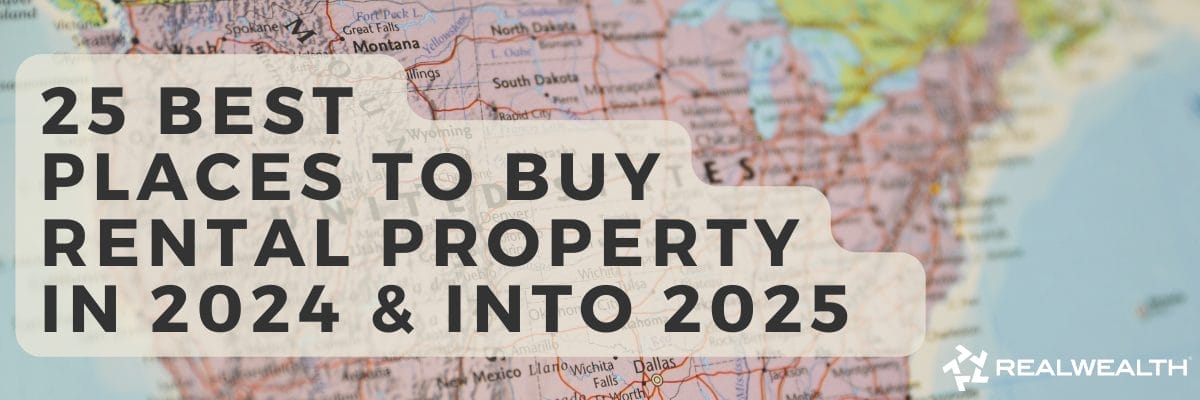Fewer new homes were sold last month than the month before, according to data released from the Commerce Department this morning. Is this a sign of a real estate slowdown?
I was on a Bloomberg interview this morning as soon as the new homes sales data was released. That, in itself, makes for somewhat of a stressful event. I had to be on the news set at 10:15 am but the data was released at 10 am. I literally had 5 minutes to review the numbers before going live! Reminds me of my news reporting days in San Francisco…
Anyway, the first question they asked was, “What’s happening in the world of real estate since new homes sales in May were lower than expected and 6% lower than a month prior?”
I replied that new home sales data is volatile month to month, and that it’s best to look longer term. Year over year, sales are up 8%.
long term investing
I also mentioned that we are producing about a million less new homes than we really should be based on household formation. That’s why existing home prices are increasing so rapidly.
The problem is that home builders are gun-shy. They got hit hard during the last housing crisis and some are still trying to recover. They’re not interested in taking on more risk.
There is demand for housing, but mostly for affordable housing, but builders are having a tough time keeping costs down.
According to John Burns real estate consulting, finished lot values spiked in 2013 to mid-2005 values, and have continued to climb since. Today’s low mortgage rates support the high values, but if interest rates increased to a more normal 6% level, lots would be 26% overvalued.
The cost to get permits has risen substantially as well. Plus, planning departments have less staff so the entitlement and permitting process is causing delays – which increases holding costs.
As a result, builders are mostly bringing on higher priced inventory, which makes it tough for them to compete with existing inventory.
That’s why yesterday’s existing homes sales report showed record gains – it’s still cheaper to buy an older home than a newer one.
The median price of a new home was $290,400 and the median price of an existing home was $239,700 last month.
In hot seller’s markets where inventory is desperately needed, house flippers have been busy buying old homes and making them new-ish.
According to RealtyTrac, home flips accounted for 5.5% of all home sales nationwide this spring. New homes sales make up more than 9% of all home sales. A decade ago at the peak of the housing bubble, flips made up 8.2% of all home sales.
Moving forward, it’s important to understand that markets always cycle.
Even though there’s low inventory now, that could change next year. Many builders have finally made it through the permitting process and should be able to get their properties on the market by next year.
If they all come on line at the same time, we could find ourselves with the opposite problem – more supply than demand. In that case, prices in high priced, over-valued markets would soften.
It’s more important than ever to understand fundamentals and only buy property in markets where prices are undervalued. That would be in buyers’ markets.



